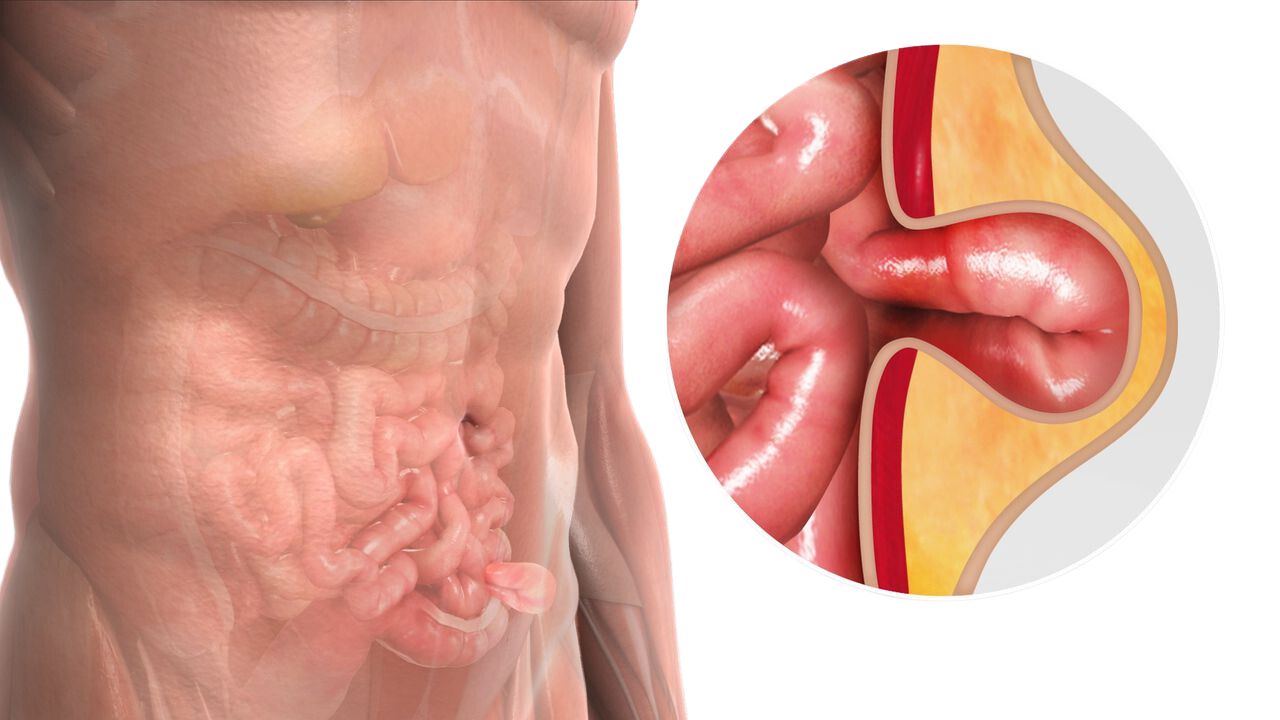What is a Hernia?
A hernia occurs when body tissue or an organ pushes through a tear or weak spot in the muscle or surrounding tissue. Hernias most commonly appear in the abdomen, though they can occur in other areas of the body. The primary types include:
- Inguinal Hernias: These develop through the groin.
- Umbilical Hernias: These occur near or through the navel.
- Diaphragmatic Hernias: These occur through the upper thigh.
- Femoral Hernias: These occur through an old incision or scar.
- Incisional Hernias: These develop at the site of a previous surgical incision.
When is Hernia Surgery Necessary?
Not every hernia requires surgery. Some individuals may not experience any symptoms and may not need immediate treatment. However, if a hernia causes pain or leads to complications such as bowel obstruction or strangulated blood vessels, surgery becomes necessary. Symptoms to watch for include:
- A noticeable lump in the abdomen, groin, or upper thigh.
- Pain or discomfort during activities like coughing, lifting, standing, or sexual intercourse.
Hernia Repair Procedures
Hernia repair surgery is usually performed under local or general anesthesia. Surgeons typically use two main techniques:
- Open Hernia Repair Surgery: Surgeons make an incision in the affected area to push the hernia back into place. They then cover the weakened tissue with a synthetic mesh to reinforce it. Finally, they close the incision with sutures, which may be removable.
- Laparoscopic Hernia Repair Surgery: Surgeons make several small incisions and insert a laparoscope (a small camera) to guide the repair. They use specialized instruments to reposition the hernia and place a synthetic mesh to support the area. Surgeons then close the incisions with stitches.
Recovery and Risks
Recovery time depends on the type of surgery and the patient’s age. Adults typically need to avoid strenuous activities for up to two months, while children often resume normal activities sooner. Dissolvable sutures generally fall out within 7 to 10 days. Managing pain with medication and consuming high-fiber foods can help prevent constipation, which may strain the incision.
Risks include infection, bleeding, anesthesia-related complications, swelling, tissue damage, hernia recurrence, and pain or numbness. In severe cases, intestinal obstruction may require additional surgery.
Consult your surgeon to understand the benefits and risks associated with each hernia repair method and to determine the best approach for your situation.





